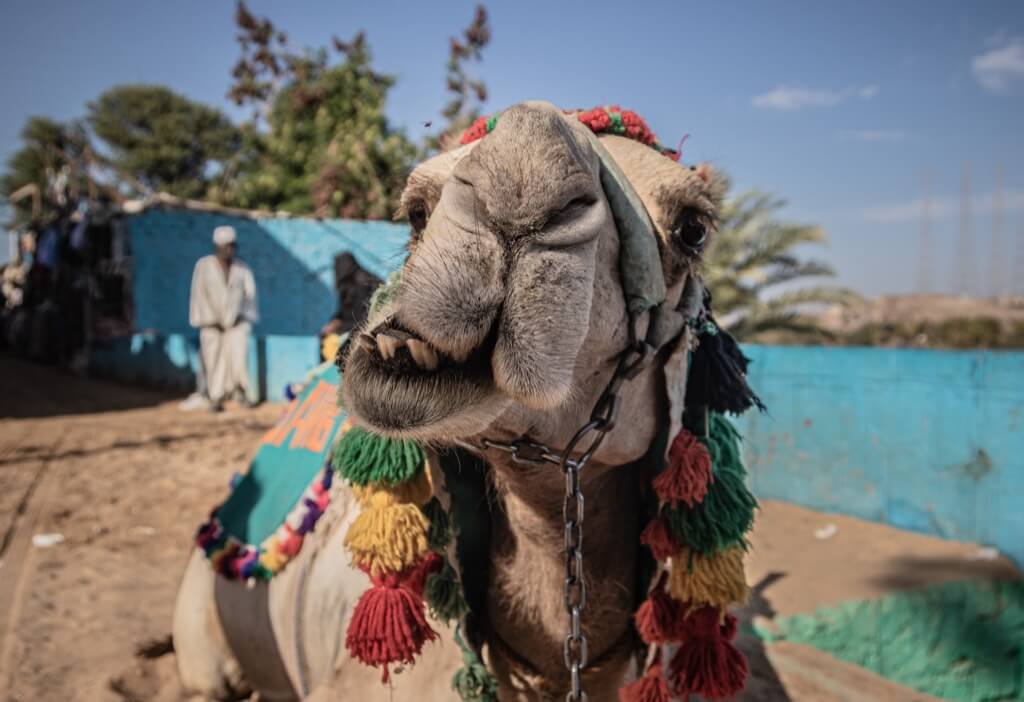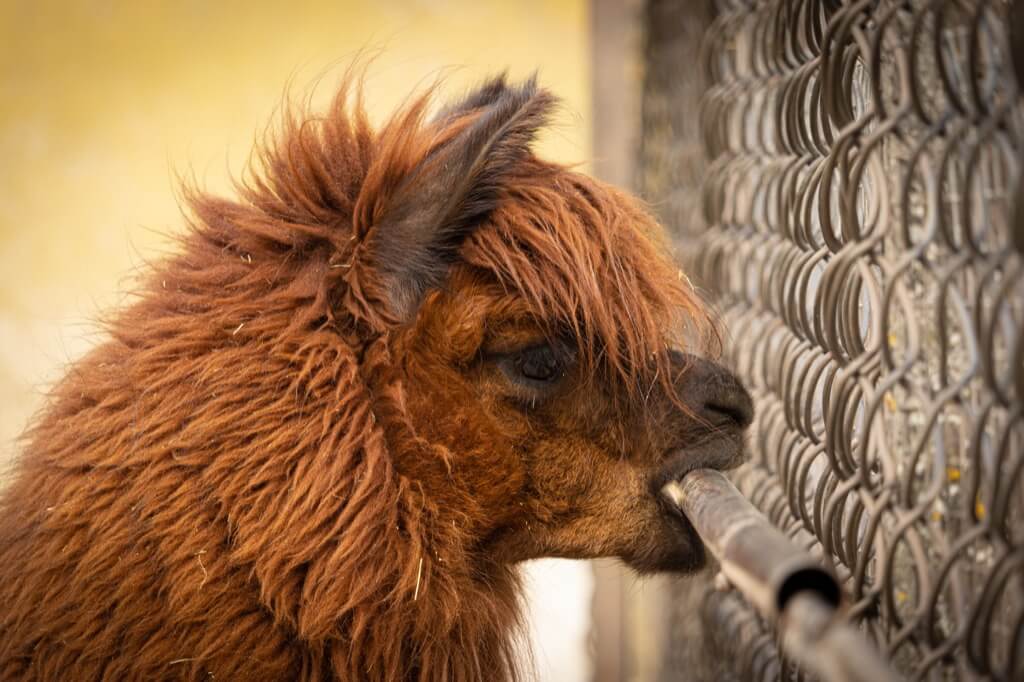Contrary to popular belief, camel humps are not filled with water but are reservoirs of fat. This fat can weigh up to 80 pounds, enabling camels to survive weeks without food.
The Metabolic Process and Water
While it’s true that metabolizing fat produces water, this process is not a significant source of water for camels. The metabolic process in arid conditions consumes more water than it generates, especially through respiration, resulting in a net water loss.
Water Storage and Conservation in Camels
Camels store water primarily in their bloodstream and other bodily fluids, not in a dedicated storage organ. Their remarkable efficiency in water usage allows them to survive in harsh desert conditions, often obtaining moisture solely from their diet in milder climates.
Adaptations for Water Conservation
Camels have unique adaptations to conserve water. They produce highly concentrated urine and dry feces, which can be used for fuel. Their nostrils trap moisture from their breath, recycling it back into their system. These adaptations, along with their efficient sweating mechanism and ability to withstand significant dehydration, enable camels to thrive in desert environments.
Body Temperature Regulation
Camels have a wide body temperature range, from about 93°F to 106°F, allowing them to minimize sweating. Their bodies are adapted to prevent heat absorption, and they can often go through a day without sweating. Their sweat evaporates at the skin level, maximizing its cooling effect.
Desert Adaptations of Camels
Camels are renowned for their ability to survive long periods without water. Their humps, along with other physiological adaptations, enable them to endure extreme conditions and sustain themselves with minimal water, often derived from the plants they consume.
Variations in Camel Hump Structures
The differences between Bactrian camels, with two humps, and dromedary camels, with one, extend beyond mere appearance. These variations represent distinct adaptations to their respective environments, with humps serving as crucial energy reserves in both species.
Camel Facts
- Contrary to popular belief that camels spit for fun, they use spitting as a defense mechanism when feeling threatened.
- Despite not storing water in their humps, camels can drink up to 40 gallons of water in one go. This is a remarkable feat, considering the harsh environments they often inhabit.
- In Arabian culture, camels are so iconic that there are over 160 words in the language to describe them, highlighting their significance in the region.
- Camels can consume thorny plants without injuring their mouths, thanks to their unique oral adaptations. This ability helps them to survive in environments with limited food options.
- A traditional and ancient sport of camel wrestling is still practiced in Turkey, with events taking place every January.
- Camels have mouths that appear to be split into two parts, aiding them in more effective grazing and consumption of food.
- Camel nostrils are designed to retain water vapor, which can be reabsorbed into the body. They can also close their nostrils to protect against sand and wind.
- In Abu Dhabi, camel milk is used to make milkshakes and is known for its high Vitamin C and iron content. It’s also used in Kazakhstan to treat illnesses like tuberculosis.
- In Kenya, camels are used to transport books to remote areas, providing access to literature where traditional libraries are unavailable.
- Like cows, camels are ruminants, meaning they chew cud as part of their digestive process. This adaptation allows them to efficiently process the tough vegetation they often eat.
- Camels have a thick layer of skin which enables them to sit comfortably on hot desert sand without getting burned.
- Camels have a gestation period of 14 months, significantly longer than humans. Newborn camels can walk alongside their mother within half an hour of birth.
- Camels can run as fast as 65 kilometers per hour and maintain a walking speed of 40 kilometers per hour, making them surprisingly swift for their size.
- Camels, whether they are dromedary or Bactrian, have humps measuring about 20 cm (8 inches) high and weighing between 400 to 650 kg (900 to 1,400 pounds) for males, with females being roughly 10% smaller. The overall body size, including the hump, can reach up to 3 meters (10 feet) in length and 2 meters (6.6 feet) in height.
- Dromedary camels were domesticated around 3000–2000 BCE in Arabia, while Bactrian camels were domesticated by 4000 BCE in Central Asia. Today, there are about 13 million domesticated dromedaries, mainly in India and the Horn of Africa, and about one million domesticated Bactrian camels spread from the Middle East to China and Mongolia.
- A camel’s hump can store up to 80 pounds (36 kg) of fat, which constitutes about 13% of its body weight. This fat can be broken down into energy during periods of food scarcity.
- The distribution of fat within a camel’s hump is asymmetrical, with the right hump typically being larger than the left. This uneven distribution may be influenced by the camel’s exposure to sunlight and heat.
- A camel’s hump can hold around 80 pounds of water on average, depending on various factors such as size, age, and health. Additionally, when a camel does drink, it can consume up to 30 gallons of water in just 10 minutes.
The Evolutionary Advantage of Fat Storage in Camel Humps
The storage of fat in camel humps raises questions about evolutionary advantages. While the ability to store fat as energy aids survival in arid climates, the specific evolutionary process leading to this unique adaptation in camels compared to other desert animals remains a topic of debate among biologists and evolutionary scientists.
Water Conservation Mechanisms in Desert Animals
Camels’ unique fat storage in humps as a means of water conservation can be compared to other desert animals’ survival strategies. This comparison could lead to discussions about the most effective and efficient water conservation mechanisms among desert-dwelling species.
Impact of Climate Change on Camel Survival
The impact of climate change on camels’ ability to survive in increasingly harsh desert conditions is a pressing issue. As global temperatures rise and desert environments become more extreme, the effectiveness of camels’ fat storage and water conservation strategies might be put to the test.
Camel Humps and Genetic Engineering
The genetic basis of camel humps as a fat storage mechanism presents an intriguing subject for genetic engineering. Could these genes be manipulated or transferred to other animals to enhance their survival in extreme environments? This topic opens up ethical and practical discussions in the field of genetic modification.
Camel Humps in Culture
The cultural significance of camels and the widespread misconception about their humps storing water can be explored in a historical context. How have these beliefs influenced human interactions with camels, and what can they tell us about the intersection of culture, knowledge, and animal biology?
The assumption regarding the nature of the notable feature on the backs of these desert-dwelling creatures has been a topic of intrigue and misunderstanding.
Contrary to popular belief, these humps are not reservoirs of liquid sustenance but are packed with energy-rich fat. This adaptation is vital for their survival in extreme conditions, allowing them to convert stored fat into energy and minimal water during long periods without food or water, offering a unique insight into their resilience in harsh climates.




